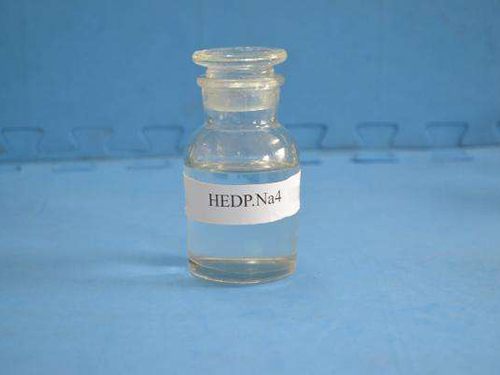Chemical Processes for Coagulation and Flocculation in Water Treatment Solutions
Chemical Coagulation and Flocculation in Water Treatment
Water is an essential resource for life, industry, and the environment. However, the quality of water is often compromised by various contaminants, which poses a significant threat to public health and ecological balance. To combat this issue, water treatment processes are employed, among which chemical coagulation and flocculation are prominent techniques used to remove suspended solids, colloids, and other particulates from water. This article will delve into the principles, processes, and significance of chemical coagulation and flocculation in water treatment.
Principles of Coagulation and Flocculation
Chemical coagulation and flocculation are two closely linked processes that work hand in hand to enhance water quality. Coagulation involves the addition of chemical agents, known as coagulants, to water. These substances are typically metal salts, such as aluminum sulfate (alum) or ferric chloride. When introduced to water, coagulants destabilize the particles suspended in the water, which are often negatively charged due to impurities and organic matter. By reducing the electrostatic repulsion between these particles, coagulants promote their aggregation.
Following coagulation, the process of flocculation takes place, wherein gentle mixing encourages the agglomerated particles, or flocs, to grow larger. This is achieved through the addition of flocculants, which are often long-chain polymers that facilitate the bonding of smaller particles into larger masses. The gentle agitation allows these flocs to combine, increasing their size and weight, which enhances their ability to settle out of the water during subsequent sedimentation processes.
The Process in Water Treatment
The chemical coagulation and flocculation process can be divided into several key stages
1. Coagulation The first step involves adding the coagulant to the raw water. This is usually done in a rapid mix chamber where the coagulant is thoroughly mixed with the water to ensure effective contact with particulate matter.
2. Flocculation After coagulation, the water moves to a flocculation basin where slow mixing occurs. The design of these basins allows for gentle mixing, facilitating the growth of flocs without breaking them apart.
chemical coagulation and flocculation water treatment

3. Sedimentation The water then flows into a sedimentation basin, where the flocs settle to the bottom under the influence of gravity. The clear water (supernatant) above the sediment can then be removed for further treatment or distribution.
4. Filtration Though sedimentation effectively removes a large portion of impurities, filtration is often employed afterward to capture any remaining suspended solids and microorganisms.
5. Disinfection Finally, to ensure that any pathogens present are eradicated, disinfection methods such as chlorination, UV treatment, or ozonation may be applied.
Importance of Coagulation and Flocculation
The significance of chemical coagulation and flocculation in water treatment cannot be overstated. This process plays a crucial role in ensuring that water is safe for consumption and meets regulatory standards. By effectively removing suspended solids, turbidity, and a range of contaminants, these processes enhance the aesthetic quality and safety of water.
Moreover, coagulation and flocculation are essential for the treatment of various water sources, including surface water, groundwater, and wastewater. In regions where access to clean water is limited, these processes help make marginal waters potable, thereby improving public health outcomes.
In addition, chemical coagulation and flocculation contribute to reducing the environmental impact of waste discharges. By ensuring that treated water meets environmental standards, these processes play a vital role in protecting aquatic ecosystems.
Conclusion
Chemical coagulation and flocculation are essential processes in modern water treatment systems. By effectively removing impurities and enhancing water quality, these techniques not only provide safe drinking water but also protect the environment. As water scarcity and pollution issues continue to rise globally, the importance of these processes will only grow, highlighting the need for ongoing advancements in water treatment technologies to ensure a sustainable future for all.
-
lk-319-special-scale-and-corrosion-inhibitor-for-steel-plants-advanced-solutions-for-industrial-water-systemsNewsAug.22,2025
-
flocculant-water-treatment-essential-chemical-solutions-for-purification-processesNewsAug.22,2025
-
isothiazolinones-versatile-microbial-control-agents-for-industrial-and-consumer-applicationsNewsAug.22,2025
-
scale-inhibitor-key-solutions-for-water-system-scale-preventionNewsAug.22,2025
-
organophosphonates-versatile-scale-inhibitors-for-industrial-water-systemsNewsAug.22,2025
-
scale-and-corrosion-inhibitor-essential-chemical-solutions-for-water-system-maintenanceNewsAug.22,2025





